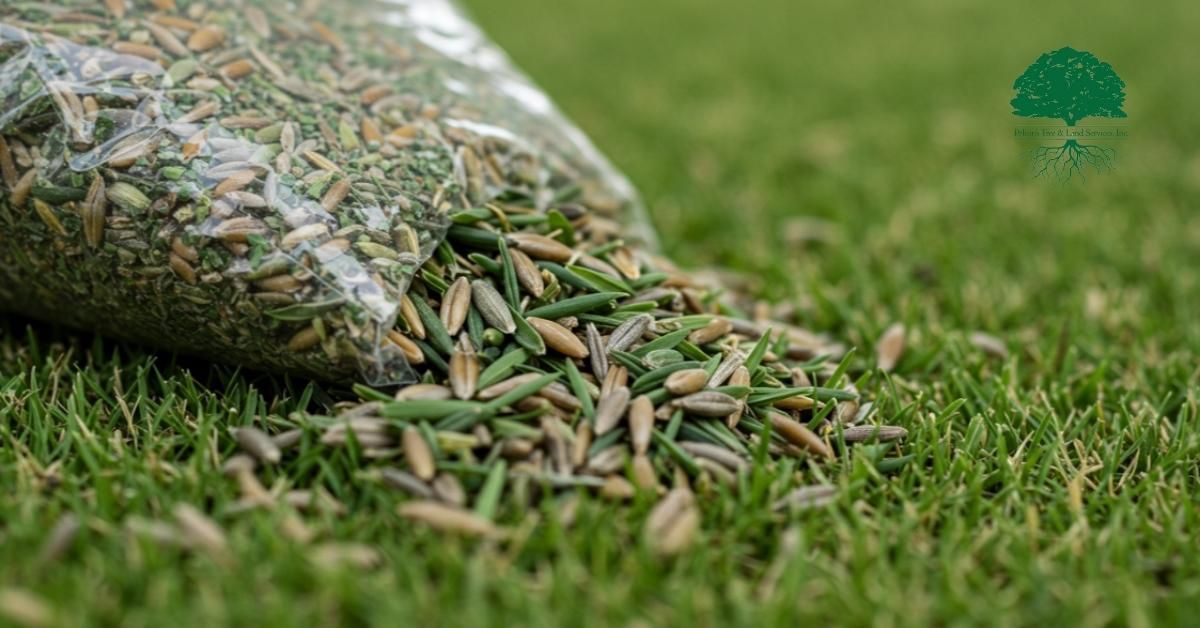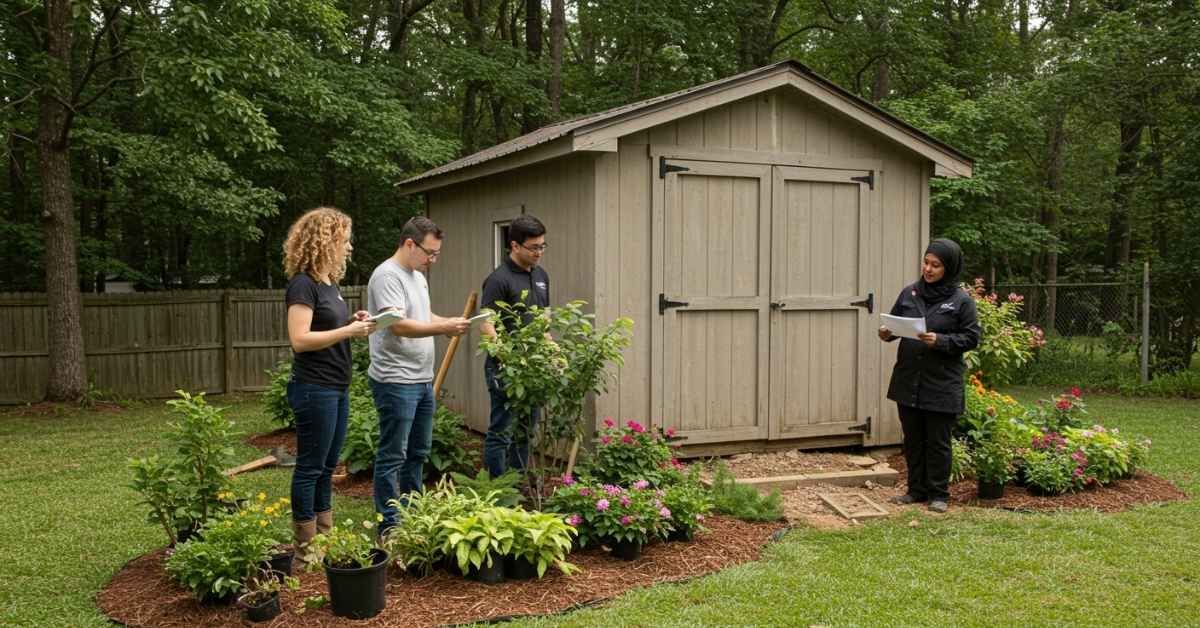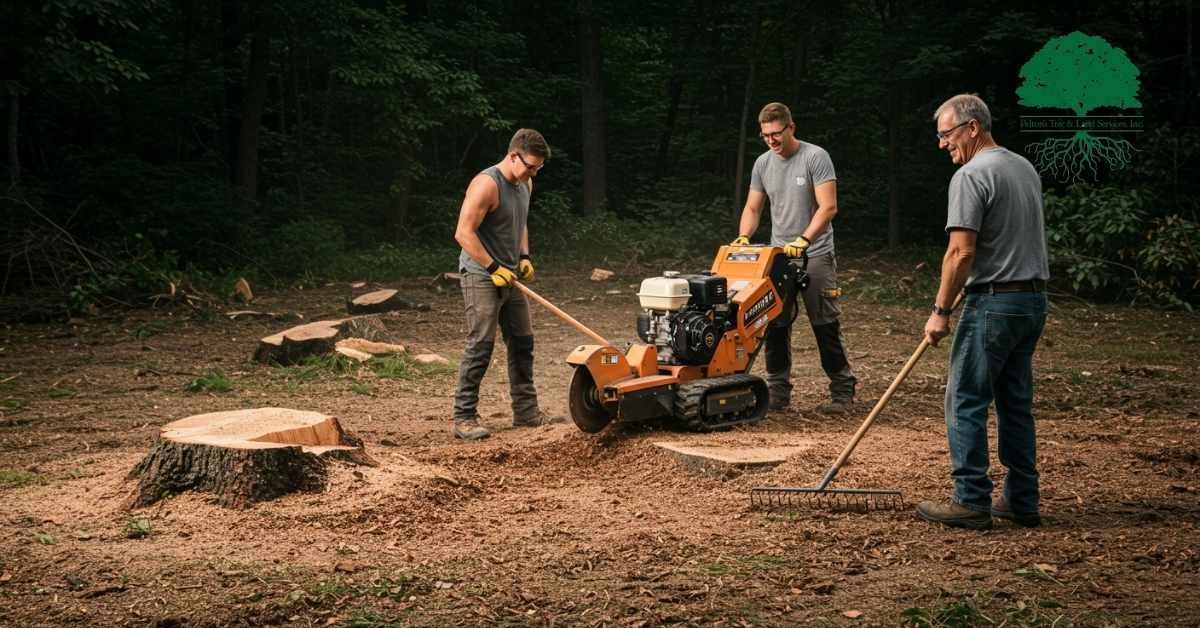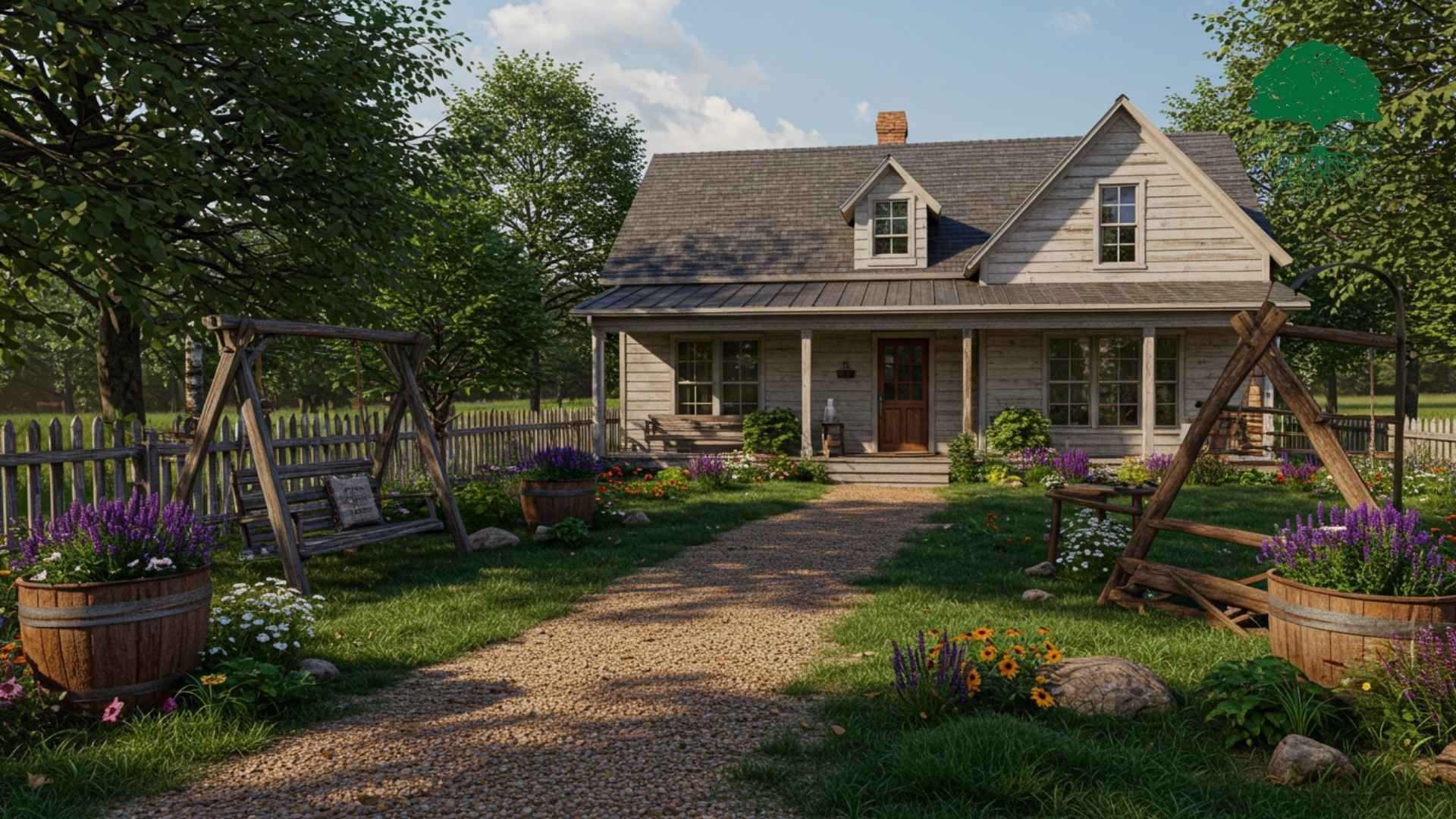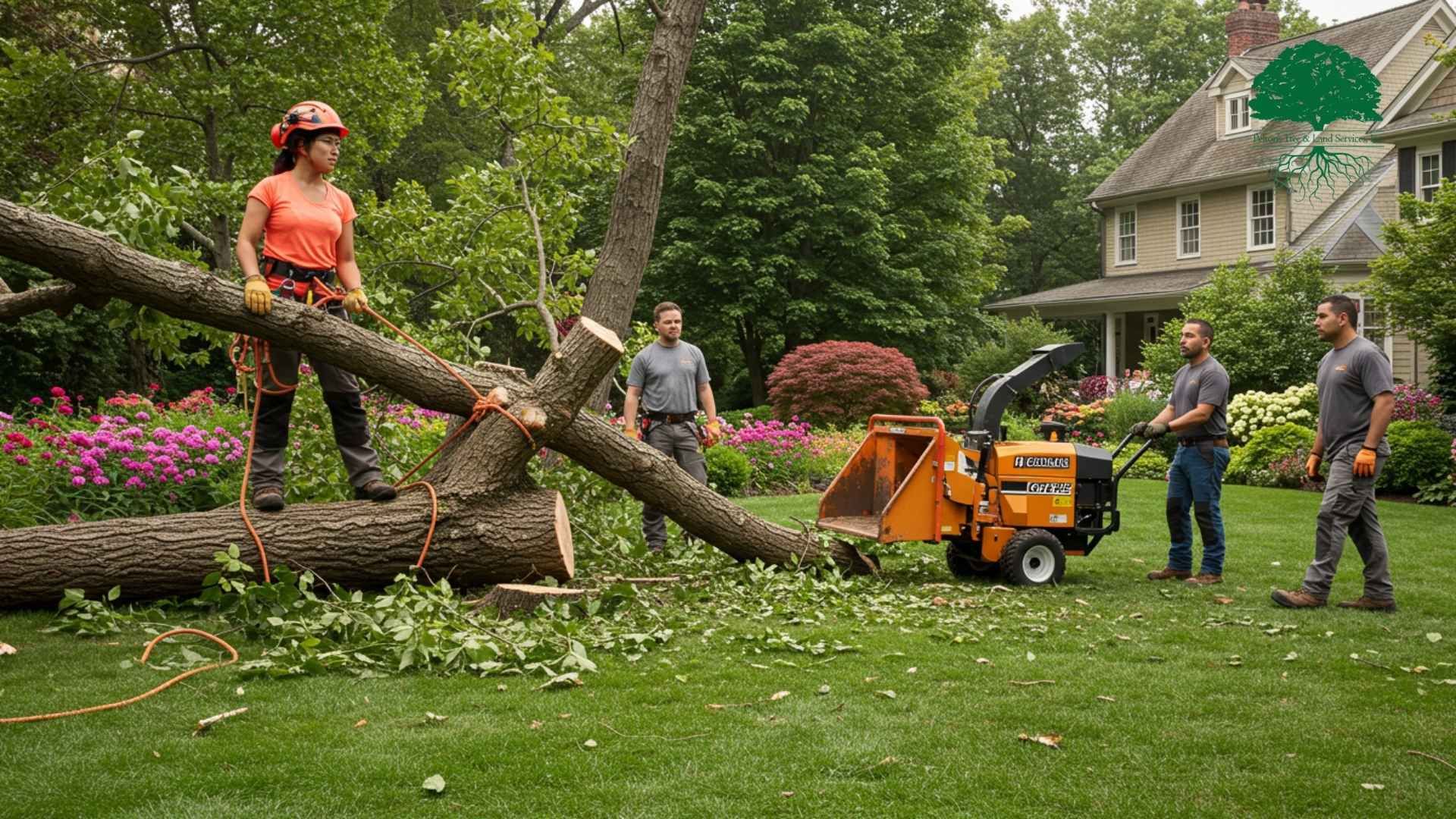Low Maintenance Parking Strip Landscaping
Parking strips, the narrow areas between the sidewalk and the street, present a unique landscaping opportunity for homeowners. Crafting an attractive and low-maintenance parking strip not only boosts the curb appeal of your property but also aligns with the growing trend of sustainable and easy-to-maintain outdoor spaces. In this guide, we'll explore the benefits, plant choices, design tips, installation, and maintenance of low maintenance parking strip landscaping.
Discover how to transform your parking strip into a low maintenance oasis with drought-resistant plants and smart design.
The Benefits of Low Maintenance Parking Strip Landscaping
Low maintenance parking strip landscaping offers several advantages:
Enhanced Curb Appeal: A well-designed parking strip can significantly enhance the overall look of your property. It serves as the first impression guests and passersby have of your home.
Cost Savings: Low maintenance landscaping reduces the need for regular watering, pruning, and upkeep. This can lead to significant cost savings over time.
Reduced Effort: With the right plant choices and materials, your parking strip can thrive with minimal effort, allowing you to enjoy a beautiful outdoor space without constant maintenance.
Choosing the Right Plants and Materials
Selecting the appropriate plants and materials is crucial for a successful low maintenance parking strip:
Drought-Resistant Plants: Opt for plants that thrive in dry conditions. Some excellent choices include native species adapted to your region and climate.
Low-Maintenance Species: Choose plants that require minimal pruning and care. Evergreens and ornamental grasses are great options.
Use of Materials: Incorporate gravel, mulch, or river rocks to cover the soil surface. These materials help retain moisture and deter weed growth.
Designing Your Parking Strip
Effective design is key to a visually appealing parking strip:
Layout Planning: Consider the layout and placement of plants, borders, and walkways. Create a plan that complements your home's architecture.
Borders and Walkways: Define your parking strip with attractive borders and walkways. These elements add structure and guide foot traffic.
Focal Points: Introduce focal points such as decorative pots, sculptures, or unique plant arrangements to add visual interest.
Installation and Maintenance
Here's how to install and maintain a low maintenance parking strip:
Installation Steps: Follow these steps when installing your parking strip:
- Clear the area of existing vegetation.
- Prepare the soil with compost for better moisture retention.
- Plant your chosen drought-resistant species.
- Cover the soil with gravel, mulch, or river rocks.
- Initial Watering: Water newly planted areas regularly during the first year, especially in the summer when the top 2 inches of soil is dry.
Long-Term Care: Mulch with compost in the spring to maintain moisture and fertility. Prune and remove dead foliage as needed.
Real-Life Examples
Explore these inspiring real-life examples of stunning low maintenance parking strips:
Drought-Tolerant Paradise: A parking strip featuring native succulents like Senecio 'Blue Fingers,' Echeveria 'Perle Nunberg,' and Aeonium 'Kiwi' showcases the beauty of drought-tolerant plants. Thriving in full sun, this design adds vibrancy and requires minimal watering.
Year-Round Elegance: This design combines Dwarf Ginko, Ajuga 'Burgundy Glow,' and Ophiopogon nigrescens for a year-round elegant look. It thrives with at least 6 hours of sun and offers a visually appealing, low maintenance solution.
Conclusion:
Transforming your parking strip into a low maintenance oasis is a rewarding endeavor. It not only enhances your property's aesthetics but also reduces the time and effort required for maintenance. By carefully selecting drought-resistant plants, designing with intention, and following proper installation and maintenance practices, you can create a stunning, hassle-free outdoor space that leaves a lasting impression.
FAQ Section:
Q1: What are the best drought-resistant plants for parking strips?
A1: Some excellent drought-resistant plant choices include lavender, salvia, yarrow, sedum, and agave. These plants thrive with minimal water and add beauty to your parking strip.
Q2: How can I reduce water usage in my parking strip landscaping?
A2: To reduce water usage, choose drought-tolerant plants, apply mulch to retain moisture, and water deeply but less frequently. Consider installing a drip irrigation system for efficiency.
Q3: Are there any local regulations I should be aware of when landscaping my parking strip?
A3: Yes, it's essential to check local regulations and permits related to parking strip landscaping. Regulations may vary by location and could impact your design choices.
Q4: Can I incorporate edible plants into my parking strip design?
A4: Yes, you can incorporate edible plants like herbs, berries, and fruit trees into your parking strip. Just ensure they are suitable for your climate and won't obstruct pedestrians.
Q5: What's the best time to plant a low maintenance parking strip?
A5: Fall is the ideal time to plant a low maintenance parking strip. The cooler temperatures and increased rainfall help establish strong root systems for your plants.




